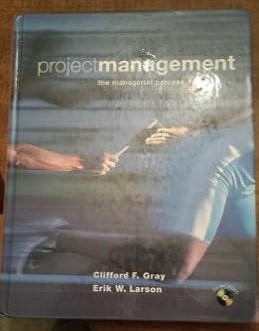Answered step by step
Verified Expert Solution
Question
1 Approved Answer
After 15 years of manufacturing entirely in Asia, French sportswear firm Salomon SAS, decided it was time to start making its sports shoes at home.
After 15 years of manufacturing entirely in Asia, French sportswear firm Salomon SAS, decided it was time to start making its sports shoes at home. The challenge, in a country where shoemaking died out years ago, was how to build the necessary supply chain, writes The Wall Street Journal (May 7-8, 2022). The Salomon Meta Cross produced in France The first phase was to build an automated sneaker factory in France. It also redesigned its shoes, drastically shrinking its supply chain by slashing the number of components in each sneaker by 2/3. (Salomon's redesigned shoe has 26 parts, down from over 70 in its other models). That still left the matter of sourcing materials in a region largely devoid of suppliers. Until now it has sourced soles and other parts primarily from China and Vietnam, two of the main centers of shoemaking. For decades, Western companies have made everything from clothes to toys in Asia or Latin America, taking advantage of cheaper labor and highly developed supply chains. But the business case for that practice has eroded in recent years amid repeated shocks to the global economy, prompting many companies into a rethink. Then from 2020 onward the pandemic brought waves of factory closures, as well as port blockages and truck shortages, disrupting supply chains and pushing up freight costs. Russia's invasion of Ukraine rattled global systems anew. These crises have made "reshoring" the return of production to a company's home countryincreasingly attractive. Some 2/3 of U.S. and European manufacturers say they will bring some of their Asian production home by 2025, with 1/5 saying they will bring back most or all of it. Footwear production is particularly tricky to repatriate, because Asian shoemakers use cheap, plentiful, low-skilled labor. That model can't be recreated in the West, prompting companies to turn to automation. The France-made shoes will be as profitable as those made in Asia, thanks to savings from lower transportation costs and the elimination of customs duties. The new Salomon plant requires only 15 humans a shift; a typical shoe factory in Asia would require 5 times as many to match its output. Some operate sewing machinesthis intricate work is still best done by handwhile others monitor the automated production lines. If the French project is successful, Salomon wants to build a similar automated plant in the U.S. to meet demand there. Questions: 1. Why is this reshoring effort difficult? 2. Of the 10 OM decisions in your Heizer/Render/Munson text, which directly relate to reshoring shoe manufacturing
Step by Step Solution
There are 3 Steps involved in it
Step: 1

Get Instant Access to Expert-Tailored Solutions
See step-by-step solutions with expert insights and AI powered tools for academic success
Step: 2

Step: 3

Ace Your Homework with AI
Get the answers you need in no time with our AI-driven, step-by-step assistance
Get Started


